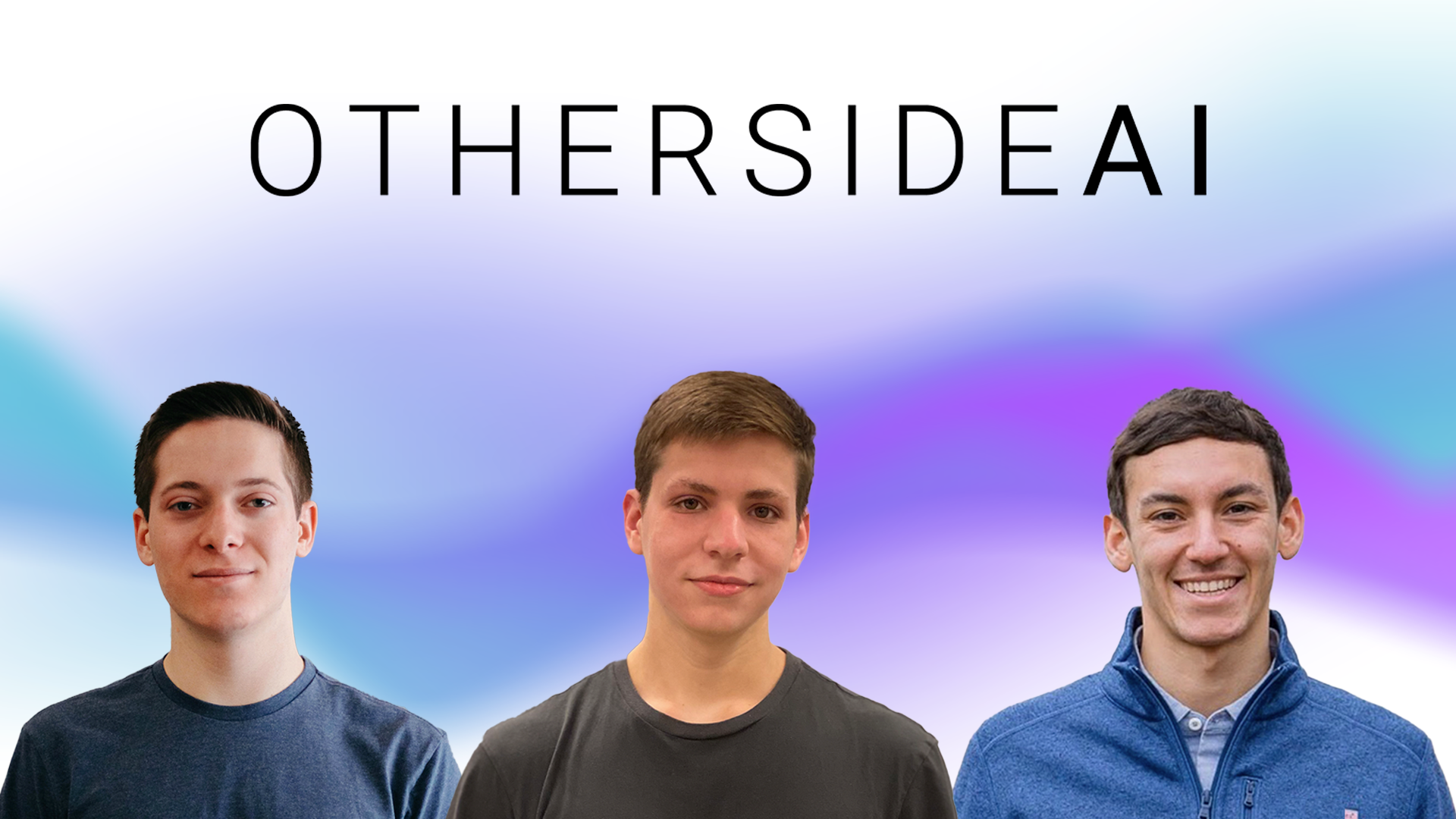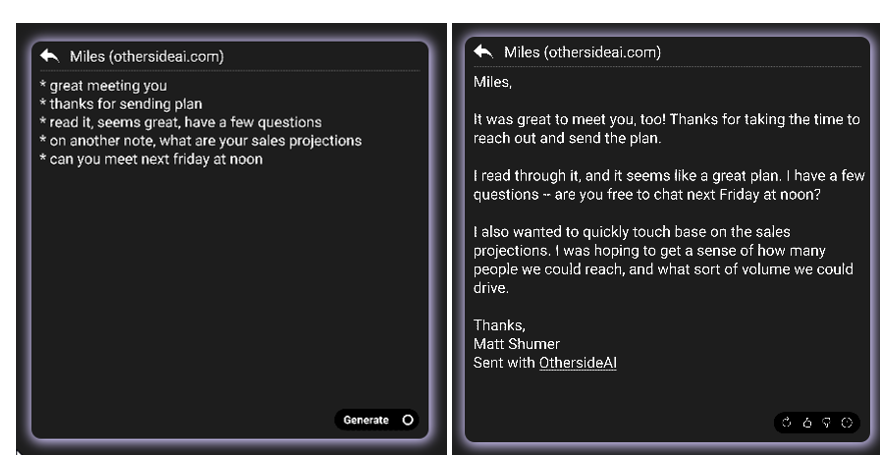
Every workday begins with a morning ritual. Some might include a cup or two of coffee, some may begin with a written to-do list for navigating the day ahead, but all include a familiar element: the scores of emails flooding your inbox demanding your attention.
Just 20 years ago, the average user sent an email once every few weeks and most likely received a thrill from clicking send. Today, the average professional spends 28% of their workday reading, answering, and sending emails. That is a staggering 2.6 hours out of every single workday.
Matt Shumer ‘22 and Miles Feldstein ‘23, two Syracuse University students, and Jason Kuperberg ‘18, a recent Syracuse graduate, spent the summer sitting in front of their computers meticulously typing emails. In the virtual world of a global pandemic, the majority of professional communication has shifted to constant clicks of reply and send. Shumer, who at the time was developing a company focused on virtual reality in the healthcare space, grew increasingly frustrated by the time and energy taken up by this mundane task.
Searching for increased efficiency, Shumer began prototyping a software that would write emails for a user. After creating a simple first version, he heard about Generative Pre-trained Transformer 3 (GPT-3), an artificial intelligence that uses deep language learning to write text so human-like it is difficult to tell that it was written by a machine. He cold-emailed the CTO of OpenAI, the company that created GPT-3, and received access. With Feldstein’s help, he built an app that generates emails in a user’s individual voice, and incorporated a company to commercialize the software, OthersideAI, in early July. They worked on it over the summer through the Syracuse University LaunchPad’s SummerStart Accelerator program.

The team then decided to post a demo on Twitter. It was simple and straightforward: a user types a series of key words such as ‘thanks’ and ‘let me know,’ and hits a ‘generate’ button. A carefully worded email immediately springs up, immaculate in its professionality. What would have taken an individual many minutes to think, construct, and type is generated in seconds.
That simple demo received over a million views. OthersideAI gained thousands of subscribers, was featured in The New York Times, and now has an ever-growing waitlist of thousands.
“It took off like wildfire,” Shumer recalled of that night in July.
The wildfire that is OthersideAI has only continued to grow and is on the path to fundamentally transforming communication on a global scale. The three teammates: Shumer, Feldstein, and Kuperberg, have poured their energy into further development and have created a model enabling users to spend less time on monotonous tasks like email and scheduling, leaving them more time to focus on the things that truly matter.
“We’re democratizing communication.” Shumer spoke of the groundbreaking vision of OthersideAI to generate full-length emails in a user’s unique style and transform the future of communication.
How does this happen? How do two college students and one recent graduate design technologically brilliant software using the latest advancements in artificial intelligence, go viral, and now own a company that has already received several key investments?
The OthersideAI team believes the ability to correctly identify and respond to the current problems of the world is the key to successfully creating a company. The idea for OthersideAI first sprung on Shumer when he was working on his company Visos, a virtual reality headset for medical use, and wanted a way to quickly write cold emails to potential customers. He realized that in a COVID-19 world, where PPE took precedence, few people were investing in new medical technologies, while everybody was emailing. The creation of OthersideAI was a pivot to accurately address current problems people face and then creating a user-focused solution.
“User centricity is at the center of every single thing we do,” said Kuperberg. “We don’t just have users. Each individual is welcomed into our community, and we want them to be involved in every step of the process.”
Another core aspect of their extraordinary success is the tight-knit and dynamic team they’ve created. Each of the three co-founders plays a specific role in the company, harnessing the strengths of their unique skill sets. Shumer, with his years of entrepreneurial experience starting and successfully growing several companies, focuses on gaining connections with investors and designing and implementing successful business and technology strategies. Kuperberg, passionate about the social impact of innovation, focuses on communicating with users to ensure the product meets their needs in the best possible way. Feldstein, forever a critical thinker and innovator, leads their product design and development. The strength of their collaboration is apparent in everything they do, from their meticulously designed products to the way they pitch their team and vision.
“Build a team first and then a company,” said Feldstein on the key to becoming a successful entrepreneur. The success of OthersideAI is built upon the collaborative nature, drive, and shared passion between the three co-founders.
The incredible success and growth of OthersideAI is a story of three tenacious entrepreneurs who persisted, overcoming obstacles on the journey toward designing effective solutions to common global problems. All three have started companies before OthersideAI and, while they have not experienced this level of user interest and committed investment, their past experiences have allowed them to rise to the occasion.
Their story is not one of unattainable marvel, but one of the power in adjusting your ideas to focus on societal needs, investing in close relationships with driven teammates, and creating impact through continuous iteration.
Story by LaunchPad Global Fellow Claire Howard ‘23